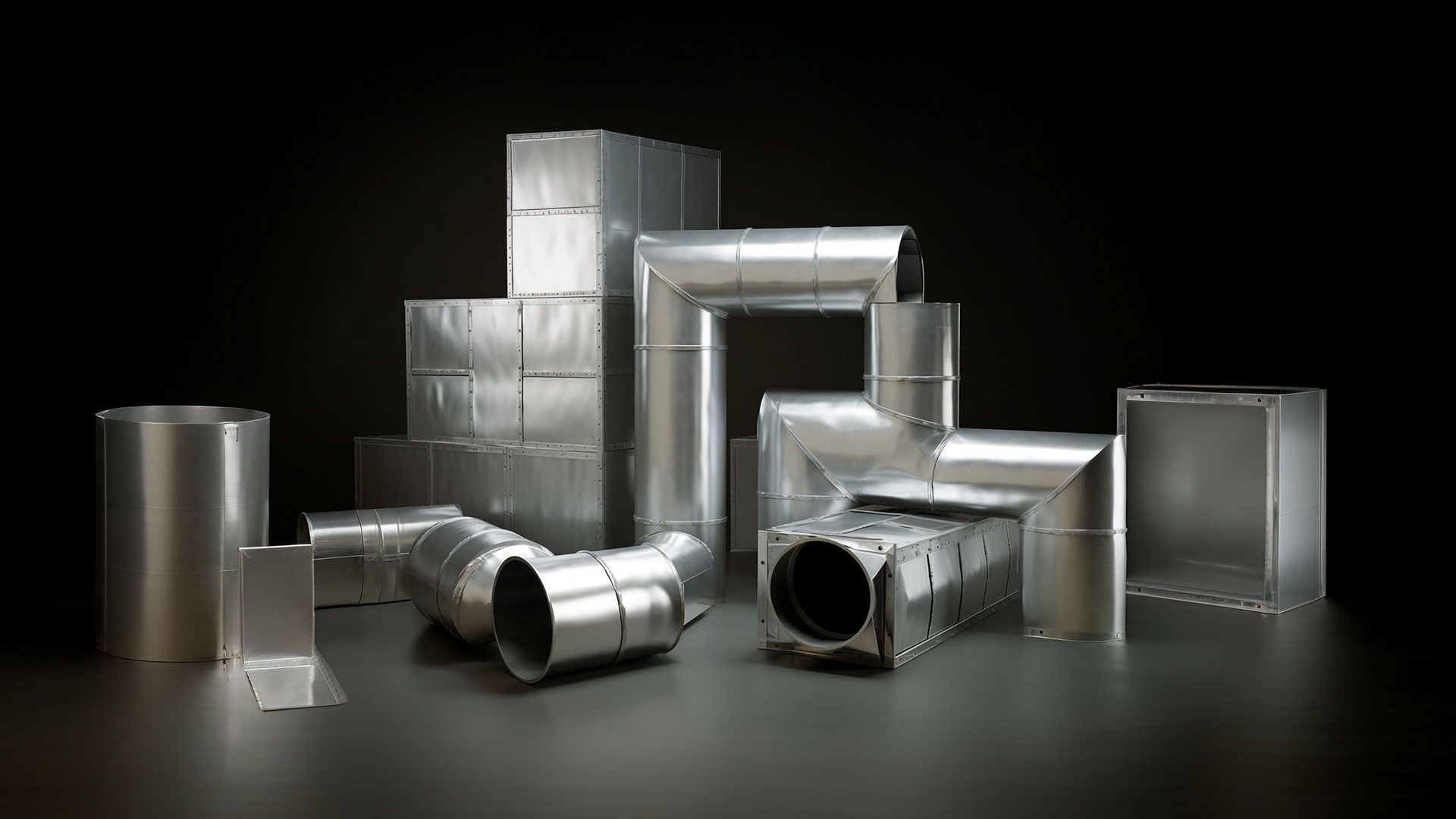
Innovation aimed at HVAC
Development of high-quality nanochemistry is to a significant extent aimed at semi-finished thin plate substrates within the HVAC-oriented industry, significant emphasis is placed on ventilation-oriented installations.
Achieved development results show an increased degree of use, including the general use of galvanized thin sheet substrates with increased corrosion resistance.
Beneficial use within ventilation-oriented purposes


NAST technological innovation has, in its development phase, aimed to meet these challenges related to Zn-coated galvanized steel channel through the use of polymer-based nanotechnology (innovations in new surface coating materials) and the use of cost-effective production methodology (innovations in production and coating techniques). Key results achieved in the development show ventilation ducts with a reduced need for maintenance, better overall energy efficiency, and a guaranteed lifespan of 40 years (today the duct life is 25 years) for the entire system.
Moreover, already achieved results show to provide the possibility to reuse channel (sustainability) due to significant improvement in the lifetime of the channel material.
The innovation concept emphasizes the application of nanotechnology to HVAC ducts, taking advantage of the unique properties of nanomaterials to overcome the limitations of traditional duct materials. Nano-coatings provide superior mechanical properties and surface properties, which provide significantly increased barrier resistance, and achieve new standards for corrosion resistance, self-cleaning and significantly increased wear resistance. The high-density value of the nano polymer's grain boundaries gives an elevated surface area to volume ratio. With the help of advanced pretreatment methods, molecular bonds are optimized and thereby extended lifetime.

The underlying concept in development is the implementation of polymer-based nano chemistry applied to the internal/ external surfaces of HVAC ducts and associated subassemblies to achieve improved effective airflow through greatly reduced friction. In addition to improved corrosion resistance and self-cleaning hydrophobic properties. World-leading and rigorously managed chemistry for polymer-based nanocoating allows design of the necessary polymer properties as well as surface properties to achieve the targeted performance. As such, the innovation will lead to the design of a new product with significant utility and highly optimized sustainability where semi- finished substrates in the form of Coil (R2R) or standardized plates are supplied to further processing companies.


